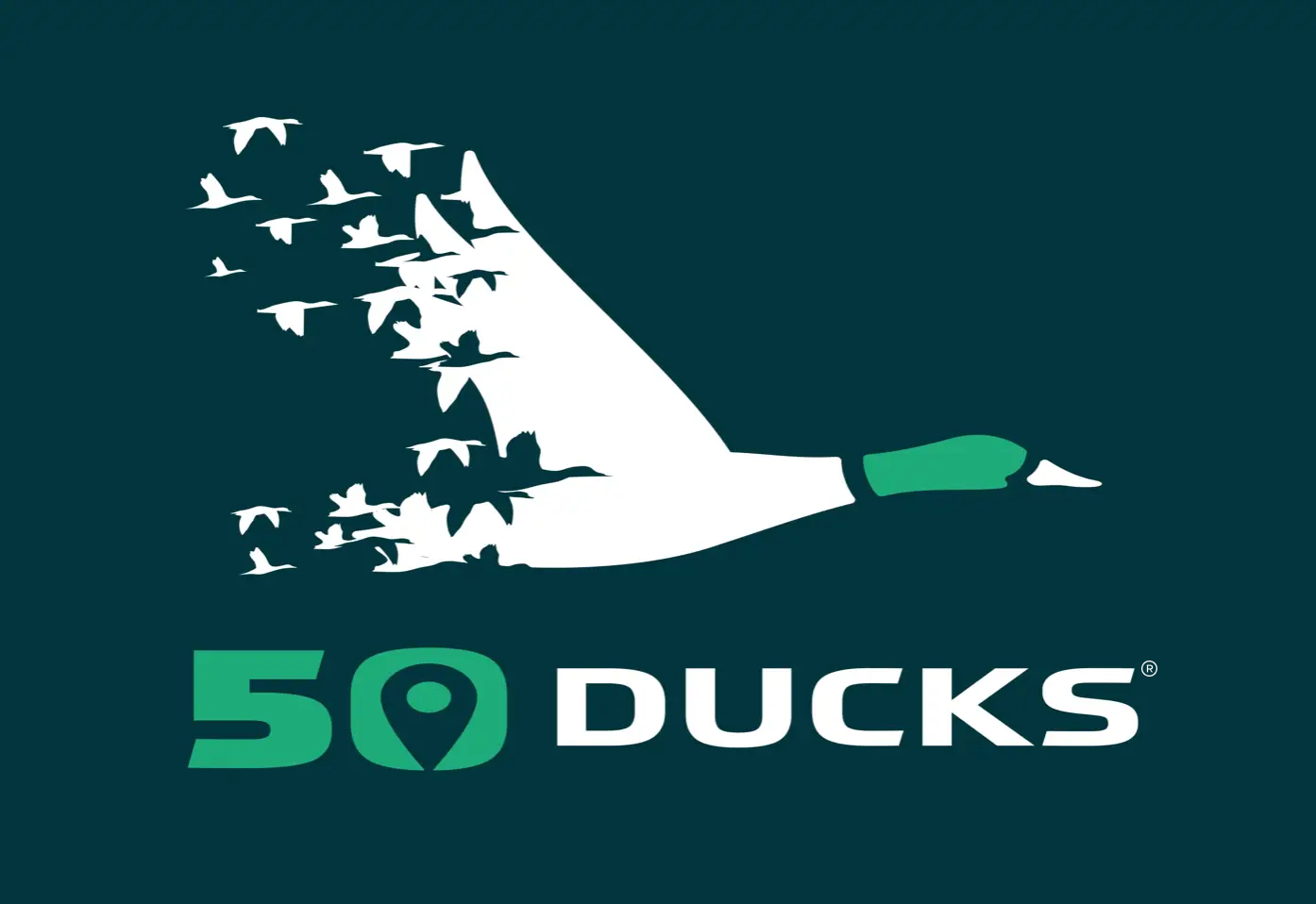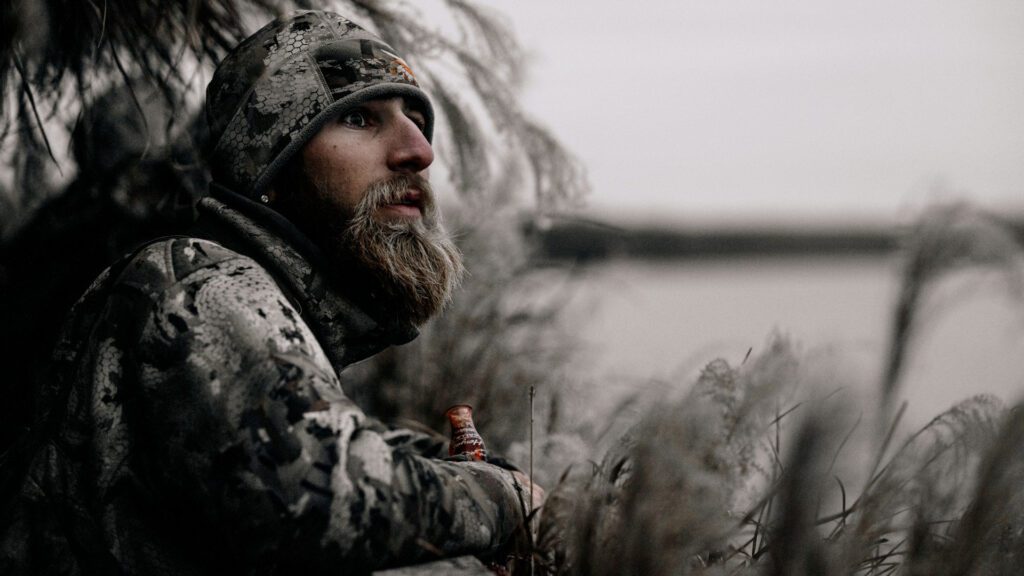
Comprehensive Duck Identification Guide for Waterfowlers
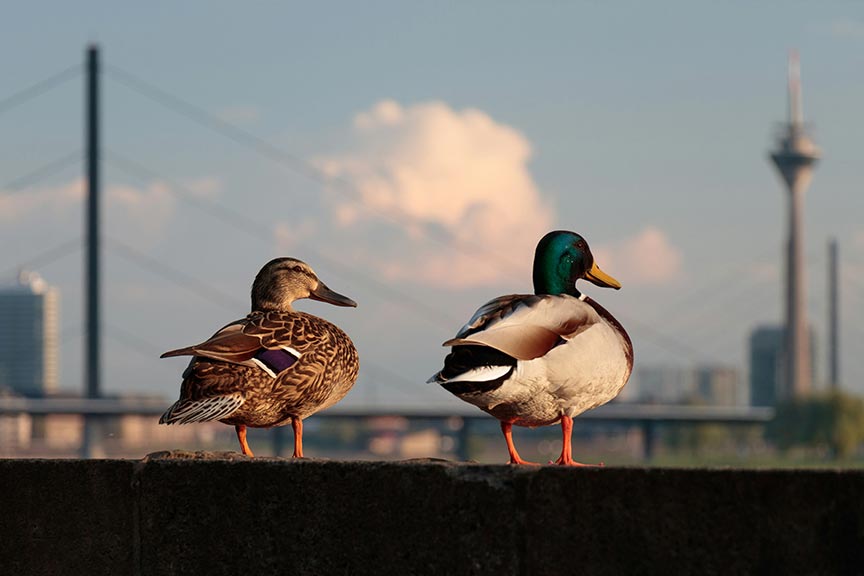
Ducks’ migratory patterns represent a significant aspect of avian behavior, illustrating the instinctual journeys these waterfowl undertake yearly. As they traverse from breeding sites to winter havens, ducks adhere to ancient routes that evoke wonder and admiration.
Our duck identification guide is both an educational resource and a tribute to these remarkable voyages. It offers birdwatchers and duck conservationists invaluable insights into recognizing various species and understanding the intricacies of migration.
For those dedicated to ornithology and natural splendor, the following information is valuable for duck identification and the future preservation of wetlands, marshes, and stopover sites.
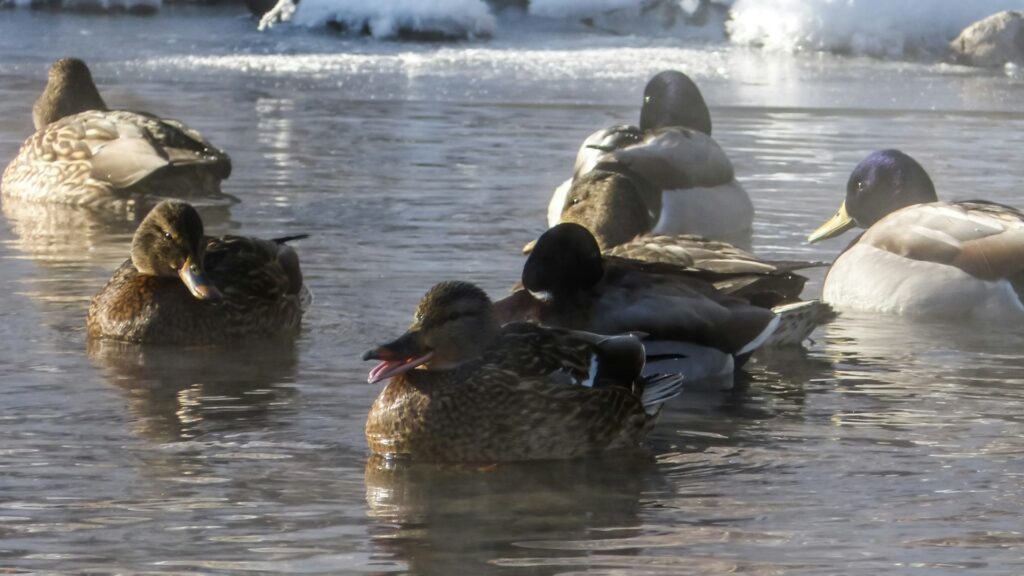
Why Ducks Migrate
Understanding why ducks partake in long migration necessitates a look at the environmental cues that propel these avian navigators. Here are three influences waterfowl instinctually respond to:
Seasonal Influences
Duck migration patterns are a marvel of nature, intricately tied to seasonal climate shifts. Here’s how seasons influence their journeys:
- Daylight Changes: As daylight dwindles and temperatures drop, ducks are triggered to start their migration, driven by an internal clock attuned to environmental variations.
- Temperature Shifts: The onset of cooler weather signals the need to move to warmer climates for survival.
- Food Scarcity: Harsh winter months reduce food availability, pushing waterfowl to relocate.
- Diet Adaptation: Ducks switch from carbohydrate-rich plant materials in cooler months to protein-rich aquatic invertebrates during breeding.
Survival and Reproduction: These dietary changes fuel their migratory paths and support reproductive needs, ensuring the continuation of their species.
Reproductive Considerations
Reproductive needs play a significant role in duck migration. Here’s how:
- Mating Instincts: Instinctual mating habits drive ducks toward optimal breeding terrains, ensuring the best chances for reproduction.
- Pair Migration: Loyal pairs formed during winter often migrate together in spring to locate suitable nesting sites.
- Resource Abundance: Ducks navigate to areas with ample resources and milder climates, which are crucial for raising ducklings.
- Parental Drive: The strong parental instinct compels long-distance flights to secure favorable conditions for their offspring.
Site Fidelity: Many ducks exhibit site fidelity, returning to the exact breeding locations annually to maintain familiarity and success.
Environmental Dynamics
Both natural and human-induced environmental factors shape duck migration. Key influences include:
- Seasonal Shifts: Migratory patterns respond to seasonal temperature changes, driving ducks to adapt their movements.
- Industrial Development: Long-term habitat loss effects from industrial development disrupt traditional migratory routes.
- Weather Variability: Erratic weather patterns and severe storms force ducks to adjust timing and destinations.
- Breeding Challenges: Changes in migration timing can affect breeding success, with early or late arrivals impacting reproductive outcomes.
Adaptability and Resilience: Ducks demonstrate remarkable adaptability and resilience in navigating unpredictable environments.
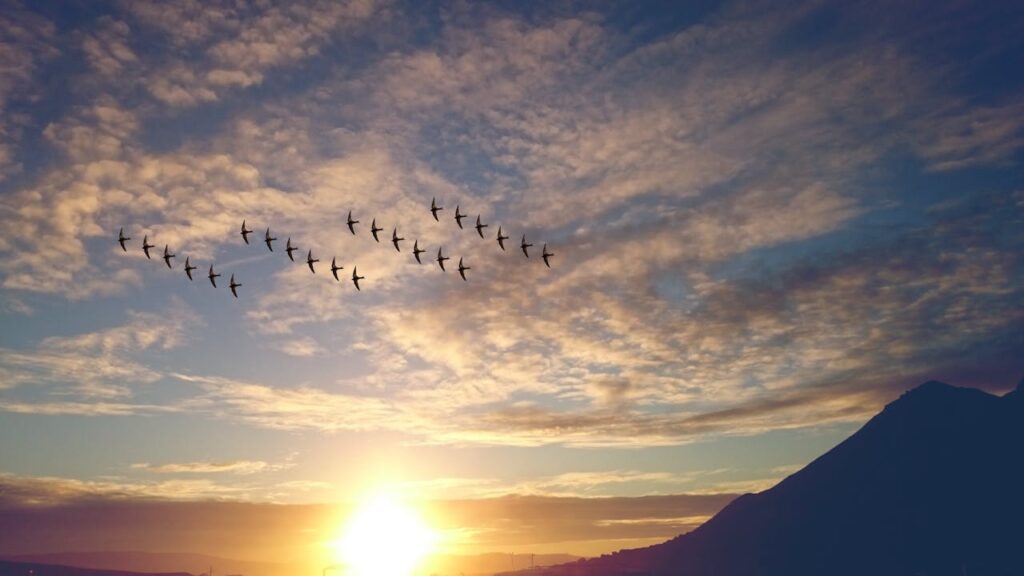
Duck Migration Patterns
Migration is a hallmark of waterfowl behavior, with species such as the Blue-Winged Teal and Northern Pintail undertaking epic journeys to evade the winter’s grasp. A comprehensive duck guide reveals the variety of migratory habits these birds display, shaped by ecological demands and instinctual drives.
Common Species
Popular species like the Northern Shoveler and Gadwall partake in autumnal migrations, preemptively vacating colder regions. Mallards, however, exhibit flexibility. They migrate based on local food and water availability.
In the absence of scarcity, they might forgo migration entirely. Each spring, many ducks, including mallards, take flight from their Gulf Coast wintering grounds to breeding habitats across the Northern U.S. and Canada, commencing in March.
Geographic Routes
Duck migration relies on well-defined flyways that guide their journeys. Key routes include:
- Four Major Flyways: The U.S. Fish and Wildlife Service identifies four critical migration corridors—Atlantic, Mississippi, Central, and Pacific.
- Atlantic Flyway: Stretching from Canada and Greenland to South America, this flyway follows the eastern seaboard and supports diverse species.
- Mississippi Flyway: This route leverages central watercourses, bypassing mountainous areas, for a direct path to southern regions.
- Central Flyway: A critical migration path through the Great Plains, connecting northern breeding grounds to wintering areas in Central and South America.
Pacific Flyway: This flyway follows the western coastline, offering a rich network of wetlands for refueling and rest during long migrations.
Distances Covered
Waterfowl flights showcase their incredible endurance and adaptability. Highlights include:
- Mallard Feats: Mallards can cover up to 800 miles in a single eight-hour flight when aided by tailwinds.
- GPS Records: GPS-tracked mallards have logged over 500 miles in just a few days, demonstrating their speed and efficiency.
- Black Brant’s Journey: The Black Brant is a standout, completing non-stop 3,000-mile flights from Alaska to Baja California within three days.
- Tenacious Spirit: These long-distance treks reflect the resilience and determination of waterfowl.
Tracking Tools: The impressive range of these migrations underscores the value of duck ID charts for enthusiasts following these seasonal voyages.
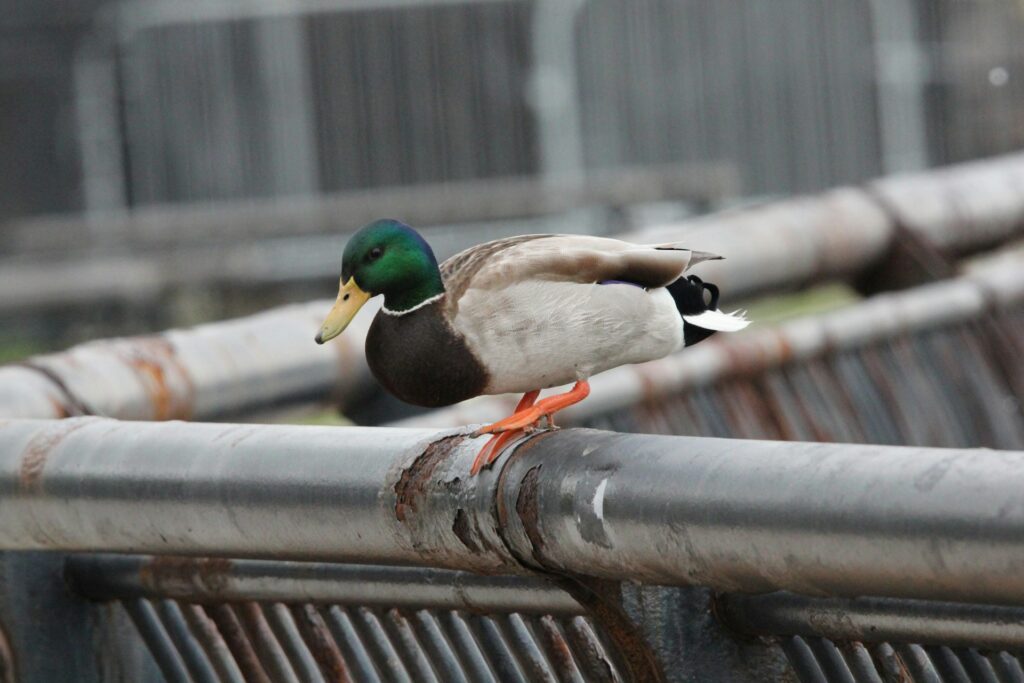
Challenges Faced During Migration
Reaching the final destination is an enduring trial for waterfowl. A test of endurance and survival is inevitable with each semi-annual journey. Let’s dig deeper into our duck identification guide to reveal the migratory challenges encountered during travel.
Physical Strain
Waterfowl must overcome extensive physical demands during migration. Before departure, ducks undergo molting, a vulnerable phase during which they replace feathers, sometimes including the flight feathers necessary for travel.
This regeneration, which can leave them temporarily flightless for up to five weeks, coincides with the gradual increase in fat reserves. These reserves are crucial stores of energy that sustain ducks over long migratory distances.
The preparation is a delicate balance; too little stored energy can result in exhaustion, while too much can impair flight.
Predation Risks
Migrating ducks navigate a gauntlet of predators, including coyotes, birds of prey, and human-engineered hazards. With their natural vigilance dialed high, they must evade terrestrial and avian threats.
Human expansion compounds these risks, as habitat fragmentation and obstructions like communication towers increase the likelihood of fatal encounters. As ducks traverse these perilous flyways, their survival hinges on their ability to sidestep these dangers.
Habitat Loss and Environmental Changes
Human-induced habitat degradation further complicates waterfowl migration. Each year, untold acres of critical resting and feeding grounds disappear due to development, agricultural expansion, and forestry practices.
These losses force ducks to adapt or perish. Industrial development exacerbates these pressures by altering the landscapes ducks have historically relied upon, potentially disrupting their time-honed migratory patterns. Therefore, a reliable waterfowl guide must continually evolve to reflect these shifting dynamics.
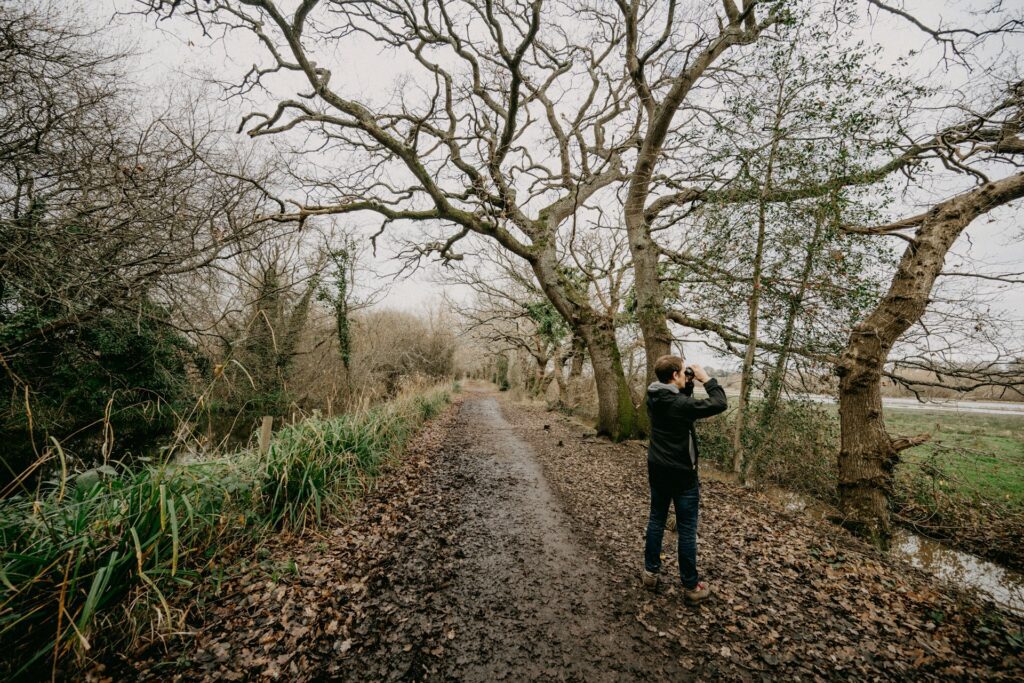
Tips for Birdwatchers
Birdwatchers often yearn to witness the spectacle of waterfowl migration. Annually, ducks fill the skies bound for warmer habitats, and observing these movements requires specific knowledge and preparation.
Ideal Observation Locations
For enthusiasts and young birders, recent tracking data can help pinpoint where specific breeds may be for a memorable experience.
Seek out less traveled aquatic havens like:
- Reservoir backwaters
- Farm Ponds
- Watershed lakes
- Bottomland hardwood forests
- Oxbows
- Swamps
- Creeks
Ducks typically feed and rest in these locations undisturbed by human activity. Coastal estuaries and sounds offer public areas to observe many species and behaviors in the comprehensive duck identification guide.
Equipment and Tools
With the proper equipment, you can ensure the success of any outing. Quality binoculars bring the intricacies of migration into clear view, while a well-researched field guide provides insights into the species observed. Duck migration trackers add another layer of discovery, offering real-time data to follow waterfowl journeys. Together, these tools enrich the birdwatching experience, allowing for detailed observation and identification.
Best Times for Observation
Timing is critical for those interested in duck photography or looking to maximize their viewing potential. The fall migration period is prime time, as millions of ducks travel the Pacific, Central, Mississippi, and Atlantic Flyways.
With accurate migratory pattern information of each species and attention to seasonal forecasts, birdwatchers can plan excursions that coincide with their favorite ducks’ remarkable journeys.
Notably, the Mississippi Flyway serves as the most populated corridor for ducks such as;
- American Wigeon
- Canada Goose
- Canvasback
- Green-winged Teal
- Mallard
- Northern Pintail
- Redhead
- Wood Duck
Meanwhile, the Atlantic Flyway species include:
- American Black Duck
- Common Eider
- Ruddy Duck
- Snow Goose
- Wood Duck
The Central Flyway hosts varieties like:
- Blue-winged Teal
- Northern Shoveler
- Sandhill Crane
- Tundra Swan
And the Pacific Flyway is known for:
- Cinnamon Teal
- Harlequin Duck
- King Eider
Track Your Favorite Ducks in Real-Time
For centuries, duck migration has evolved into more than a pastime. It’s a window into ecological dynamics that showcases unique behaviors and adaptive responses to an ever-changing landscape.
Use our duck identification guide now and in the future whenever you have questions regarding this transformative journey. Preservation through education leads to more informed decision-making in conservation efforts.
With 50 Ducks, you gain exclusive access to track these migrations in real time as they unfold. Join now to witness seasonal voyages in unprecedented detail.
